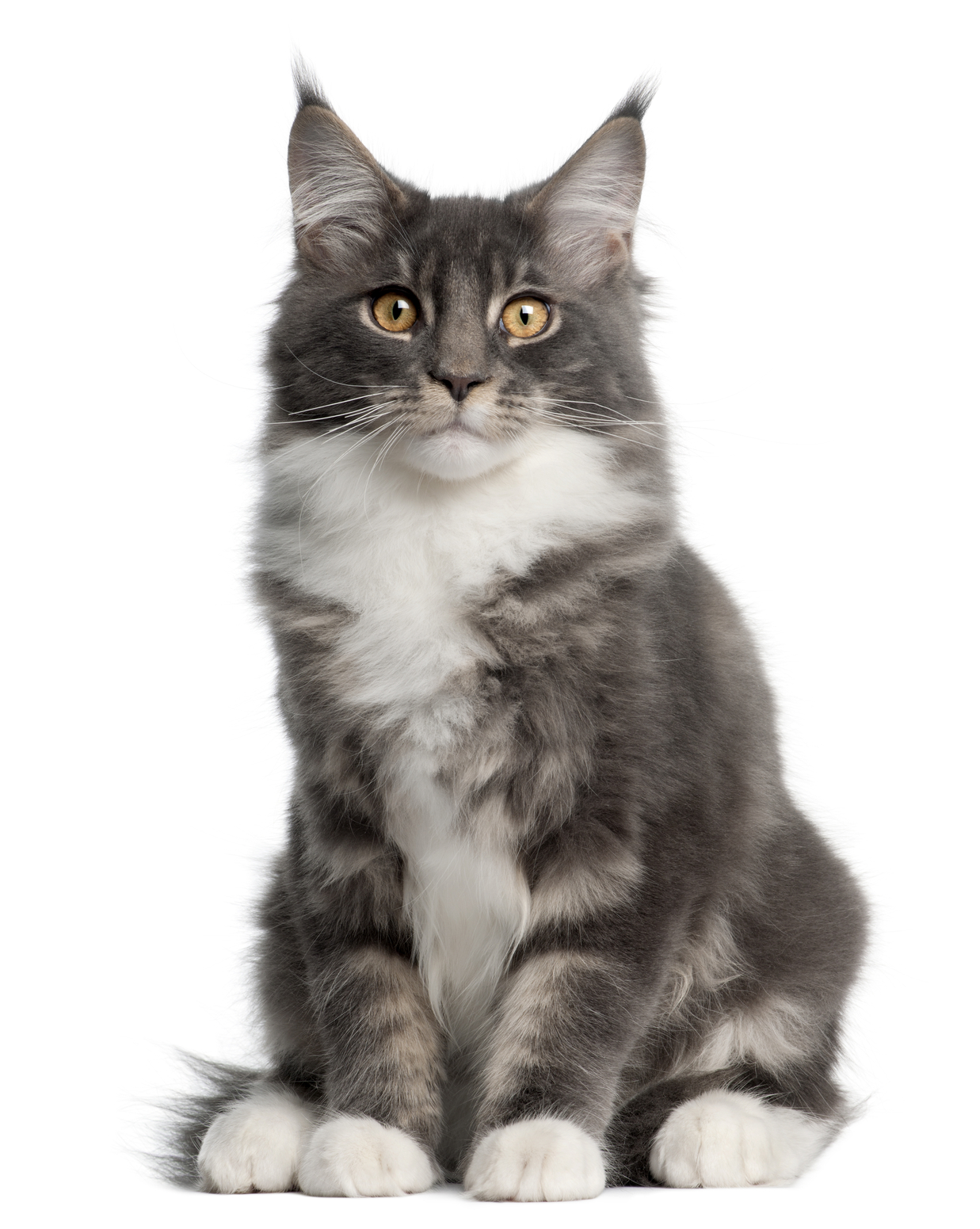FDA has denied an interesting petition that requested a change in dosage form from a solid oral tablet of methimazole to a rapidly disintegrating tablet for cats. The Agency said in its denial letter:
“Your proposed change from the RLNAD with the justification you cited from Hatch-Waxman Amendments, 1984, does not support the change you proposed for your generic drug product because the safety and effectiveness of a disintegrated dosage form has not been established in cats. As a result, the proposed change does require you to conduct investigations to demonstrate safety and/or effectiveness of the drug for its proposed intended uses. Therefore, the proposed change from the RLNAD is a change that cannot be granted through a suitability petition. We deny the petition.”
While the Hatch-Waxman provisions of the Federal Food, Drug and Cosmetic Act cover changes to dosage forms for human drugs, the Center for Veterinary Medicine (CVM) has adopted somewhat similar provisions for changes to existing products for animals. The potential difference here seems to be that, while you may be able to tell a human patient how to properly use a rapidly disintegrating tablet, translating that to administration to a cat may appear to be problematic and, thus, they denied the petition.
In the Hatch-Waxman world, changes in dosage form are becoming more difficult to secure through ANDA Suitability Petitions because of the pediatric considerations that must be addressed under the Pediatric Research and Equity Act. While I am not certain, I don’t believe that there is a corollary provision for young animals; however, clearly, in order to be approved a change in dosage form for an animal through a veterinary suitability petition must not raise questions or safety or efficacy. In this particular case and with a medication like methimazole, used to treat hyperthyroidism in cats, CVM must be certain that the animal will be able to be treated in a similar manner with the assurance that the full dose will be received.
In the human drug world, rapidly disintegrating tablets are usually designed to be placed in the mouth and on the tongue and dissolved within 30 seconds and, depending on the product, may or may not have to be administered with water. I guess the scientists at CVM were not sure that could be accomplished in a feline. Perhaps there is more to the story, but for now it looks like a new animal drug application will be required. The petition and denial letter can be found here.



